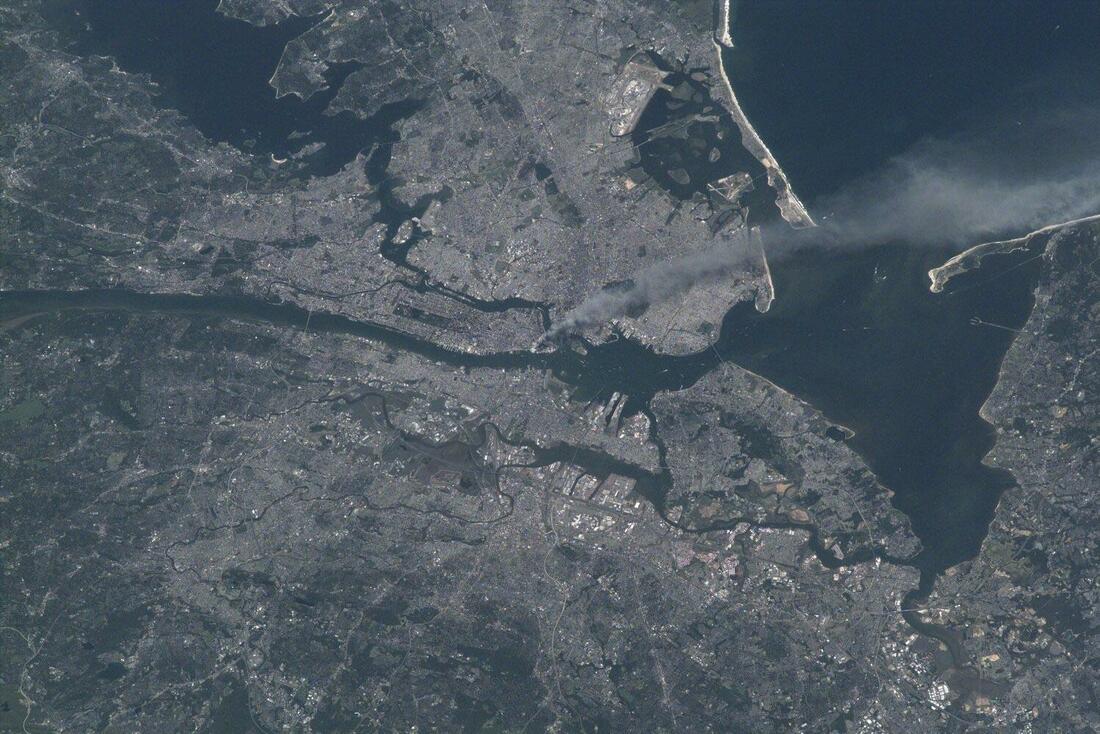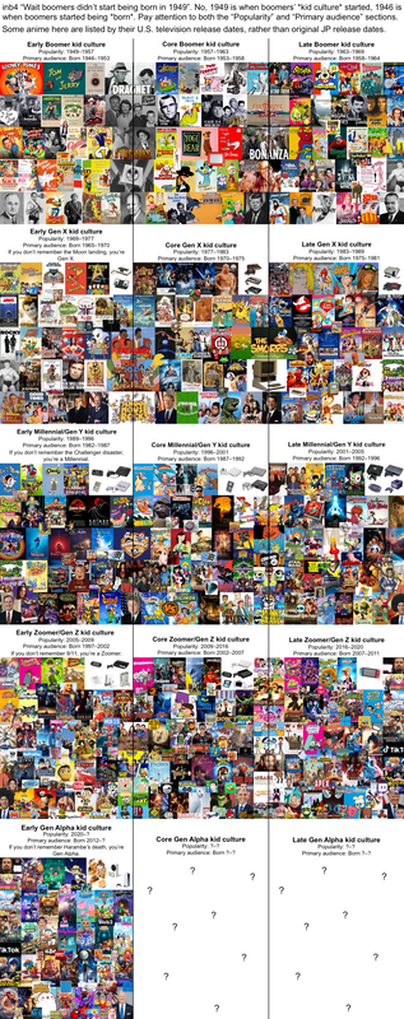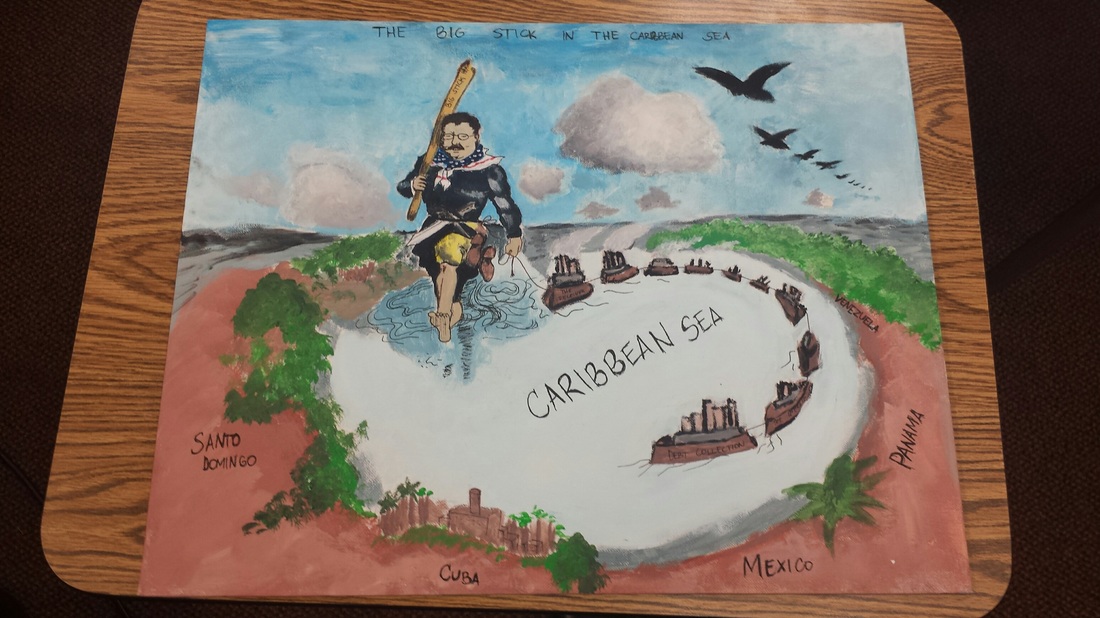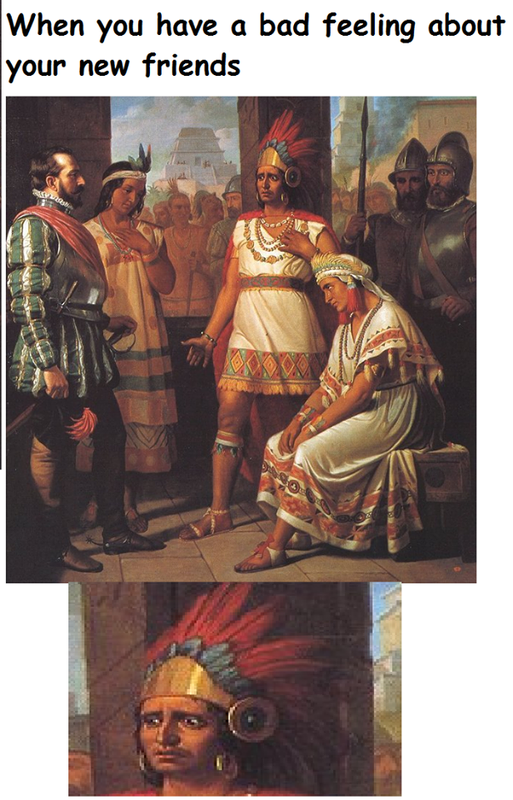Things that need to be stressed to students:
1. They should arrive at the very beginning of their check-in time. We want to start the exam at 8am or noon, so we need everyone to check in early, get seated and read the preliminary instructions prior to those times. That is why we sometimes have a full hour planned prior, based on the size of the testing group that must be checked in.
2. They should bring THEIR OWN sharpened traditional pencils and blue/black pens, and when it applies, their calculators. We don’t have calculators for them and we have a limited supply of writing utensils.
3. New this year: snacks must be pulled out from backpacks and stored under their seats to avoid students having to go back to their bags during the break, potentially accessing their phones.
4. They should bring their ID and power off their cell phones and smart watches before entering the testing room.
1. They should arrive at the very beginning of their check-in time. We want to start the exam at 8am or noon, so we need everyone to check in early, get seated and read the preliminary instructions prior to those times. That is why we sometimes have a full hour planned prior, based on the size of the testing group that must be checked in.
2. They should bring THEIR OWN sharpened traditional pencils and blue/black pens, and when it applies, their calculators. We don’t have calculators for them and we have a limited supply of writing utensils.
3. New this year: snacks must be pulled out from backpacks and stored under their seats to avoid students having to go back to their bags during the break, potentially accessing their phones.
4. They should bring their ID and power off their cell phones and smart watches before entering the testing room.
LectureKey Concept OutlinePERIOD 9: 1980–Present
As the United States transitioned to a new century filled with challenges and possibilities, it experienced renewed ideological and cultural debates, sought to redefine its foreign policy, and adapted to economic globalization and revolutionary changes in science and technology. Key Concept 9.1: A new conservatism grew to prominence in U.S. culture and politics, defending traditional social values and rejecting liberal views about the role of government. I. Reduced public faith in the government’s ability to solve social and economic problems, the growth of religious fundamentalism, and the dissemination of neoconservative thought all combined to invigorate conservatism. A. Public confidence and trust in government declined in the 1970s in the wake of economic challenges, political scandals, foreign policy “failures,” and a sense of social and moral decay. • OPEC oil embargo, •1970s inflation, •Iranian hostage crisis B. The rapid and substantial growth of evangelical and fundamentalist Christian churches and organizations, as well as increased political participation by some of those groups, encouraged significant opposition to liberal social and political trends. • Moral Majority, •Focus on the Family Key Concept 9.2 II. Conservatives achieved some of their political and policy goals, but their success was limited by the enduring popularity and institutional strength of some government programs and public support for cultural trends of recent decades. A. Conservatives enjoyed significant victories related to taxation and deregulation of many industries, but many conservative efforts to advance moral ideals through politics met inertia and opposition. • tax cuts passed under Ronald Reagan and George W. Bush, •Contract with America, •Planned Parenthood v. Casey B. Although Republicans continued to denounce “big government,” the size and scope of the federal government continued to grow after 1980, as many programs remained popular with voters and difficult to reform or eliminate. • expansion of Medicare and Medicaid, •growth of the budget deficit Key Concept 9.2: The end of the Cold War and new challenges to U.S. leadership in the world forced the nation to redefine its foreign policy and global role. I. The Reagan administration pursued a reinvigorated anti-Communist and interventionist foreign policy that set the tone for later administrations. A. President Ronald Reagan, who initially rejected détente with increased defense spending, military action, and bellicose rhetoric, later developed a friendly relationship with Soviet leader Mikhail Gorbachev, leading to significant arms reductions by both countries. • “Star Wars” missile defense system, •Start I B. The end of the Cold War led not only to new diplomatic relationships but also to new U.S. military and peacekeeping interventions as well as debates over the nature and extent of American power in the world. Key Concept 9.3 II. Following the attacks of September 11, 2001, U.S. foreign policy and military involvement focused on a war on terrorism, which also generated debates about domestic security and civil rights. A. In the wake of attacks on the World Trade Center and the Pentagon, U.S. decision-makers launched foreign policy and military efforts against terrorism and lengthy, controversial conflicts in Afghanistan and Iraq. B. The war on terrorism sought to improve security within the United States but also raised questions about the protection of civil liberties and human rights. Key Concept 9.3: Moving into the 21st century, the nation continued to experience challenges stemming from social, economic, and demographic changes. I. The increasing integration of the United States into the world economy was accompanied by economic instability and major policy, social, and environmental challenges. A. Economic inequality increased after 1980 as U.S. manufacturing jobs were eliminated, union membership declined, and real wages stagnated for the middle class. B. Policy debates intensified over free trade agreements, the size and scope of the government social safety net, and calls to reform the U.S. financial system: • North American Free Trade Agreement, •debates over health care reform, •debates over Social Security reform C. Conflict in the Middle East and concerns about climate change led to debates over U.S. dependence on fossil fuels and the impact of economic consumption on the environment. D. The spread of computer technology and the Internet into daily life increased access to information and led to new social behaviors and networks. Key Concept 9.3 II. The U.S. population continued to undergo significant demographic shifts that had profound cultural and political consequences. A. After 1980, the political, economic, and cultural influences of the American South and West continued to increase as population shifted to those areas, fueled in part by a surge in migration from regions that had not been heavily represented in earlier migrations, especially Latin America and Asia. B. The new migrants affected U.S. culture in many ways and supplied the economy with an important labor force, but they also became the focus of intense political, economic, and cultural debates. C. Demographic changes intensified debates about gender roles, family structures, and racial and national identity. • Immigration Reform and Control Act of 1986; •Don’t Ask, Don’t Tell debate |
important kp9 terminology-1988 Election - Read my Lips - No New Taxes -H.W. Bush
-Persian Gulf War -Contract with America -Planned Parenthood v. Casey -Recession 1991 makes Bush a one-term President -Communism Crumbles (China and Soviet Union) -Oil/Environment impact Exxon Valdez Spill -Rodney King Riots - Police Bruality -Clinton Administration -Whitewater Scandal NAFTA -Don't Ask Don't Tell -Republican control of Congress -Domestic disputes/terrorism -Clinton Impeachment, not Convicted -Dot-Com Boom -Globalization -Election of 2000 -9/11 -War on Terrorism (Afghanistan & Iraq) -2008 Recession -2008 Election of Obama Gay Marriage 2016 Election & 2020 Election Clinton/Trump/Biden Conservative justice appointments COVID-19 Pandemic BLM George Floyd 2021 January 6th Insurrection Overturning Roe v. Wade |



